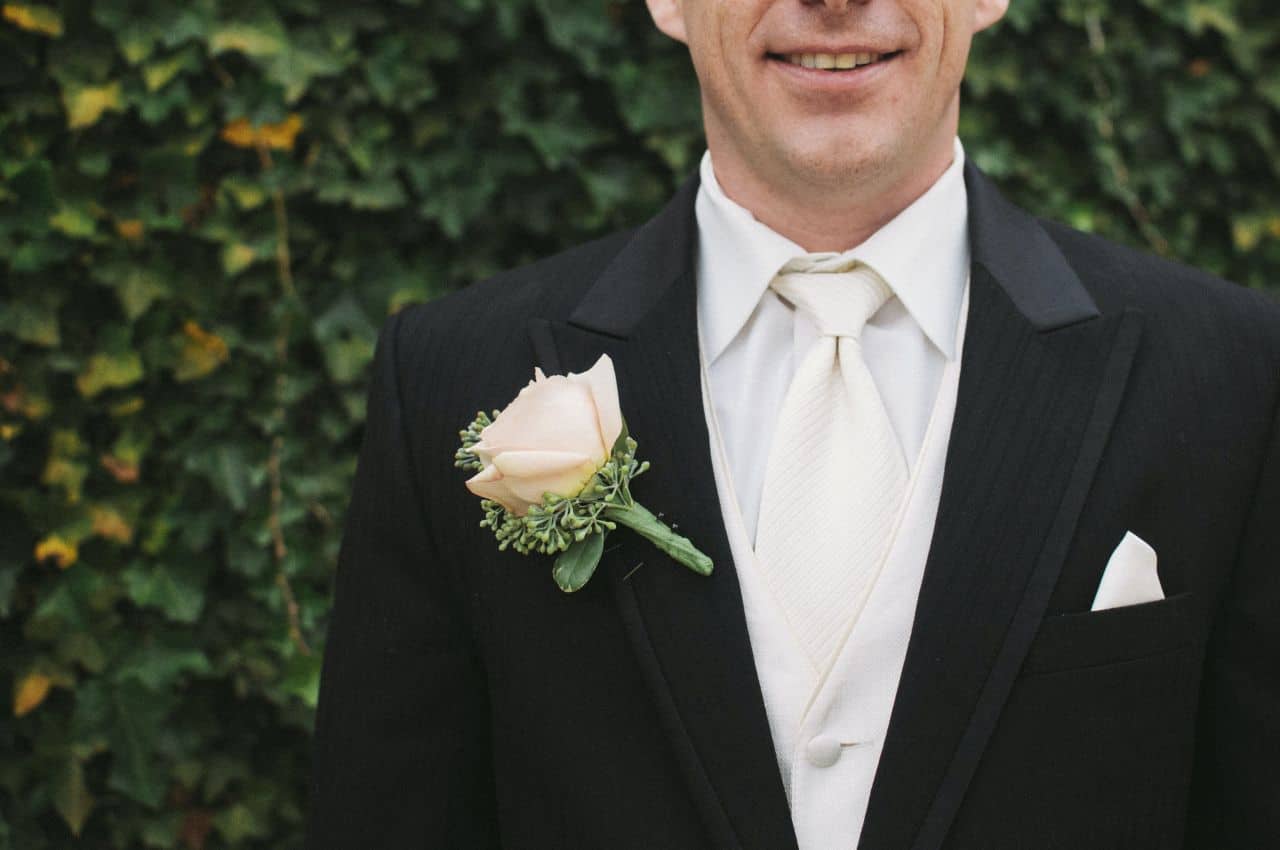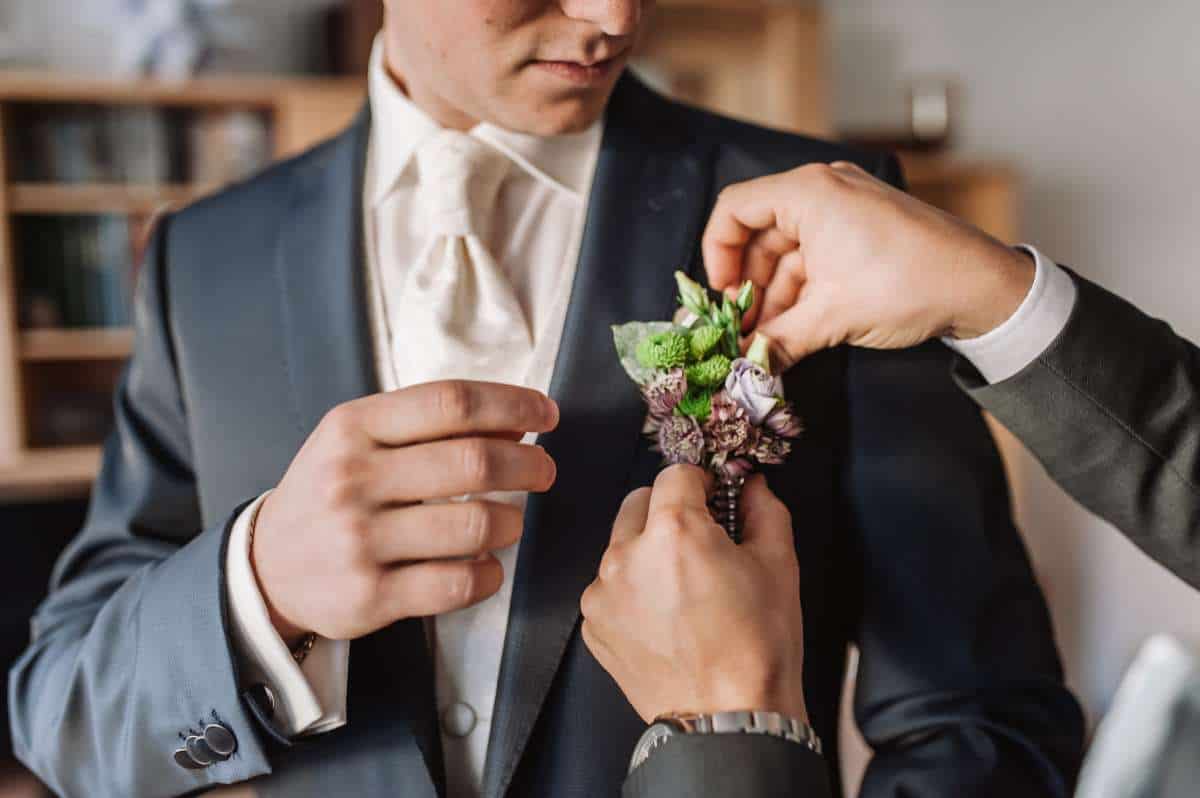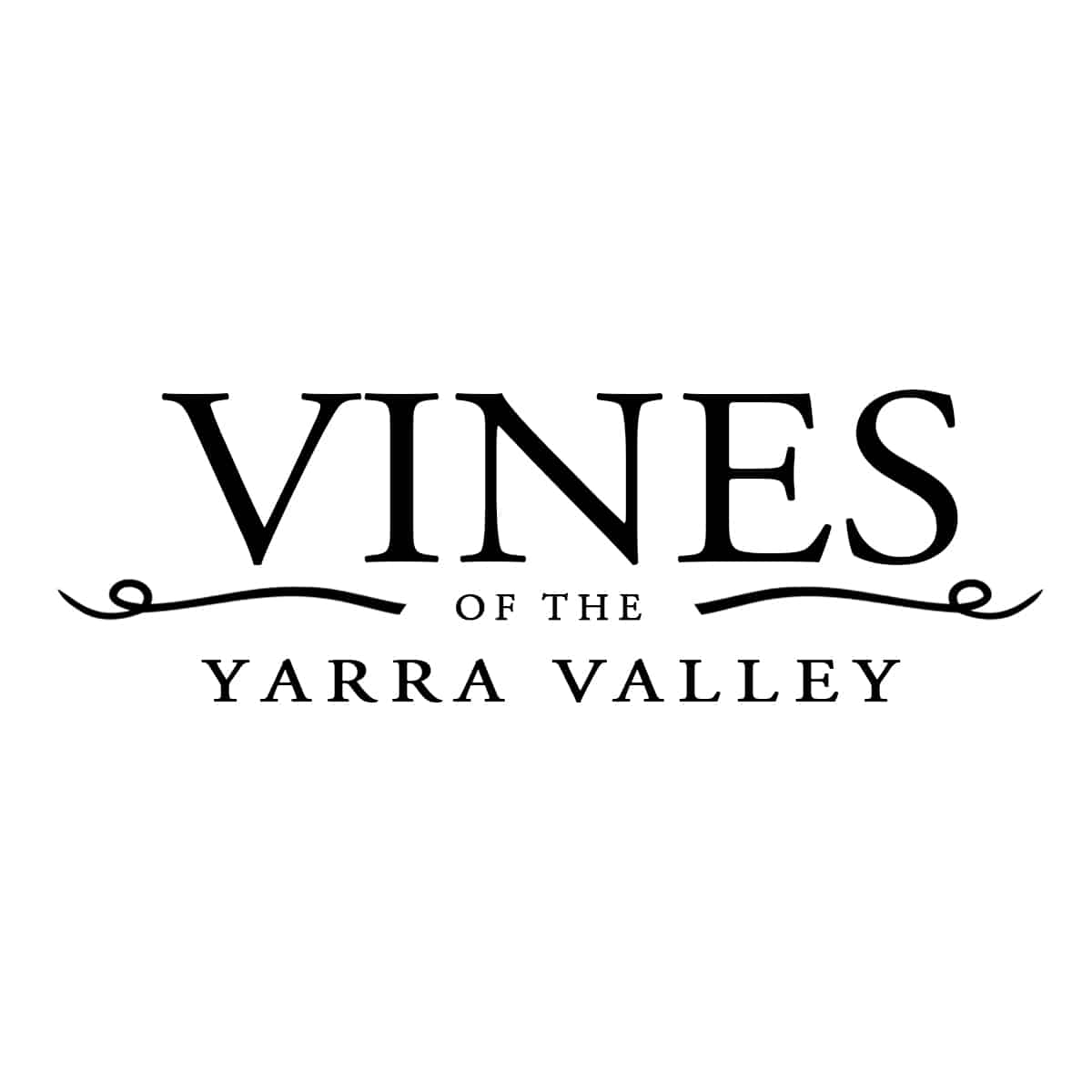When planning a wedding, the groom’s appearance is as important as the bride’s. The groom can stand out or blend in with the groomsmen through subtle changes in colour, design, or accessories.
Options like tailored suits, customised cufflinks, or a unique boutonnière allow the groom to personalise his look while complementing the wedding theme.
The key is for the groom to feel comfortable and confident, reflecting his style and the event’s formality. The groom’s outfit should align with the wedding aesthetic, whether formal or relaxed.
Let’s get straight to the point.
When planning a wedding, the groom’s appearance is as important as the bride’s. The groom can stand out or blend in with the groomsmen through subtle changes in colour, design, or accessories.
Options like tailored suits, customised cufflinks, or a unique boutonnière allow the groom to personalise his look while complementing the wedding theme.
The key is for the groom to feel comfortable and confident, reflecting his style and the event’s formality. The groom’s outfit should align with the wedding aesthetic, whether formal or relaxed.
How Should The Groom Stand Out On His Wedding Day?
When planning a wedding, much attention often goes to the bride’s appearance, but grooms also consider how they will look on the big day.
A common question arises: should the groom stand out, or is it acceptable for him to blend in with the groomsmen?
This guide will look at various options to help the groom choose his best look while considering tradition, personal style, and the overall wedding theme.
Tradition Vs. Personal Style
Traditionally, the groom’s attire has been expected to stand out, even if only slightly. At formal weddings, the groom typically wears a tuxedo or suit that sets him apart from the groomsmen.
While this practice remains common, modern weddings are more flexible. Grooms now have the option to dress according to personal preference rather than strictly following tradition.
Some grooms may prefer to match the groomsmen to create a uniform look. In contrast, others may want to add subtle touches—such as a different tie or boutonnière—that allow them to stand out without overwhelming the overall aesthetic.
Colour And Design Choices
One of the simplest ways for a groom to distinguish himself is through his choice of colour and design.
For instance, he could wear a suit or tuxedo in a different shade or cut than the groomsmen. A subtle variation—such as a deeper tone of the same colour—can make him stand out without clashing with the overall look.
Another option is to select a different fabric or pattern. While the groomsmen may wear solid-coloured suits, the groom could wear a patterned vest or tie. A small detail, like a plaid or textured fabric, can add uniqueness and dimension without straying too far from the wedding’s theme.
Accessories And Details
Accessories offer another way for the groom to set himself apart. A unique tie, pocket square, or cufflinks can give a personal touch while keeping the overall look in line with the wedding style.
Customised accessories, such as a tie featuring the wedding colours or cufflinks engraved with initials or the wedding date, can add special but subtle touches.
Shoes are another way for grooms to express their individuality. Whether choosing a classic style in a unique colour or something more casual, the right footwear can enhance the groom’s outfit without drawing too much attention.
Differentiating Through Boutonnières
Boutonnières are a popular way for grooms to differentiate themselves. While the groomsmen may wear simple boutonnieres, the groom can select a more elaborate design or different flowers. If the groomsmen are wearing small, understated flowers, the groom could opt for a larger or more colourful flower to stand out.
This small but significant detail can ensure the groom’s outfit remains distinctive without overpowering the overall look. It’s also easy to tie the groom’s attire to the wedding’s floral arrangements and colour scheme.
Coordinating With The Bride
The groom’s look should also complement the bride’s attire to create a cohesive visual connection between the couple. This doesn’t mean they need to match exactly, but subtle coordination can enhance the overall aesthetic of the wedding.
For example, if the bride wears lace, the groom could incorporate a lace detail into his pocket square or tie. If the bride’s bouquet features specific flowers, the groom’s boutonnière could include the same type.
This understated form of coordination can meaningfully connect the couple’s looks, adding harmony to their wedding appearance.
Comfort And Practicality
While looking sharp is important, comfort should be noticed. Weddings are long events, often involving a lot of standing, walking, and dancing.
The groom should feel at ease in his attire throughout the day. This can be achieved by choosing breathable fabrics for warmer months or layering appropriately for colder weather.
Tailoring also plays an essential role in comfort. A well-fitted suit or tuxedo will look polished and feel more comfortable.
Investing in proper tailoring—whether it’s an off-the-rack suit or a custom-made outfit—ensures the groom can enjoy the day without any discomfort.
The Influence Of The Wedding Theme
The wedding theme often dictates the level of formality in the groom’s outfit. A tuxedo might be the best choice for formal weddings, while more casual or outdoor weddings may call for something less traditional.
For example, rustic or beach weddings often feature more relaxed attire, such as linen suits or casual separates.
By aligning the groom’s outfit with the wedding theme, he ensures his look complements the overall style of the day while still standing out subtly.
Custom Suits And Tuxedos
A custom-made suit or tuxedo can make a big difference for grooms looking to invest in their appearance.
A custom-tailored outfit perfectly fits and allows for the personalisation of fabric, cut, and details. While it may be more expensive, a custom suit can make the groom feel unique and special on his wedding day.
If a custom suit isn’t an option, tailoring an off-the-rack suit can still achieve a sharp look. Adjustments to the sleeve length, pant fit, and jacket tailoring can elevate the overall appearance, ensuring the groom feels confident and comfortable.
Coordinating With The Groomsmen
While the groom should stand out, it’s important to coordinate with the groomsmen to maintain a cohesive look.
For instance, the groomsmen might wear ties in the wedding colours while the groom wears a tie in a different shade or material.
The groom could add a waistcoat for extra distinction, while the groomsmen wear matching suits.
This balance allows the groom to stand out while still fitting in with the overall wedding party’s style, ensuring a unified look in photos and throughout the day.
Casual Vs. Formal: What’s Appropriate?
The level of formality for the groom’s outfit largely depends on the wedding’s style and venue.
A black-tie wedding may require a tuxedo, while a more relaxed, outdoor event may call for a lighter, more casual suit.
The key is to match the groom’s attire to the event’s formality while keeping him comfortable and confident.
Casual weddings provide more room for creativity. Depending on the setting, a groom might wear a suit without a tie or pair a formal outfit with more casual shoes, such as loafers or even sneakers.
Even in casual settings, the groom can stand out by choosing unique fabrics or accessories that match his style.
Personal Style And Comfort
Above all, the groom should feel comfortable in what he’s wearing. If he typically doesn’t wear formal clothing, choosing a style that aligns with his personality is important.
While weddings are formal occasions, the groom doesn’t need to look completely different from his usual self to feel special.
Some grooms might prefer a more traditional look, opting for a tuxedo or formal suit, while others might want a laid-back outfit that feels more natural. The goal is to balance looking polished and staying true to personal style.
Enhancing, Not Overhauling
For grooms comfortable with their usual style, slight enhancements can make a big difference without a drastic change.
Upgrading to a tailored suit, adding a stylish watch, or scheduling a professional grooming session before the big day are small touches that can elevate the look.
These refinements help present a polished version of the groom’s everyday style, ensuring he feels special and authentic. It’s not about changing his appearance completely but enhancing it for the occasion.
Confidence Is Key
No matter the level of difference between the groom’s wedding look and his everyday style, confidence is the most important factor.
The groom should choose an outfit that makes him comfortable and confident. This confidence will shine through on the big day, enhancing his appearance and ensuring he feels his best.
Whether he chooses a formal suit, a casual ensemble, or something in between, feeling comfortable in his attire will reflect positively in photos and throughout the wedding day.
Conclusion
The groom only has to look drastically different on his wedding day if he chooses to. What’s most important is finding a comfortable style that fits the wedding theme and coordinates with the bride’s look.
Enhancing personal style through subtle adjustments and thoughtful accessories allows the groom to look polished while still feeling like himself.
Confidence in the chosen outfit will ensure the groom stands out in a way that feels natural and fitting for the special day.
Frequently Asked Questions
What Is the Best Colour for a Groom?
It is recommended to put your groom in neutral tones: either a light grey, charcoal grey, or even a dark blue.
Why Do Grooms Wear Black?
Wearing black is a simple but attractive method to avoid drawing attention away from the bride and groom, who should be the focus of attention. But it also represents wealth and exclusivity. Traditionally, most suits are black, and so most grooms wear black.
Should the Groom Wear White?
While your guests shouldn’t be wearing any shade resembling white to your wedding, no rule says the groom can’t be in white too.
Who Decides What the Groom Wears?
Most grooms will be responsible for sorting out their outfits. The ushers and the groom’s father can be left to choose their designs unless they are to be matching also.
Do Groomsmen Pay For Their Suits?
By tradition, the groomsmen usually pay for their suits when buying them outright, whether it’s black-tie, formal or semi-formal attire. As the groom, you’ll have a say in style choices, colours and how smart you want the groomsmen to be dressed.



